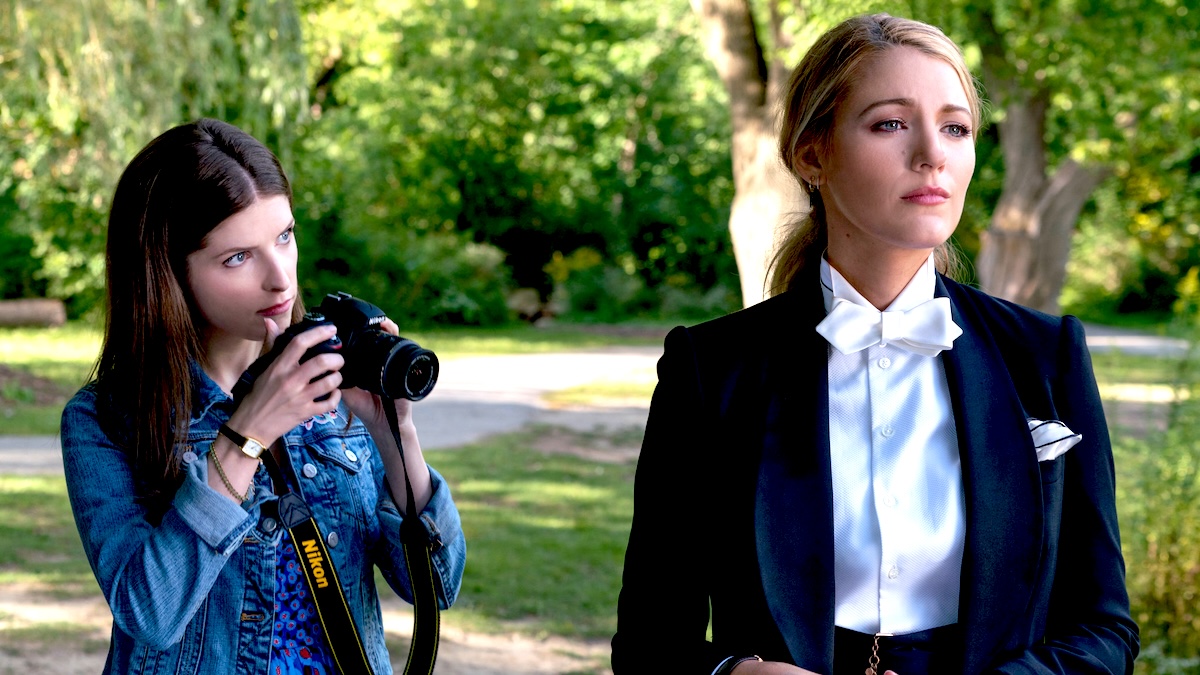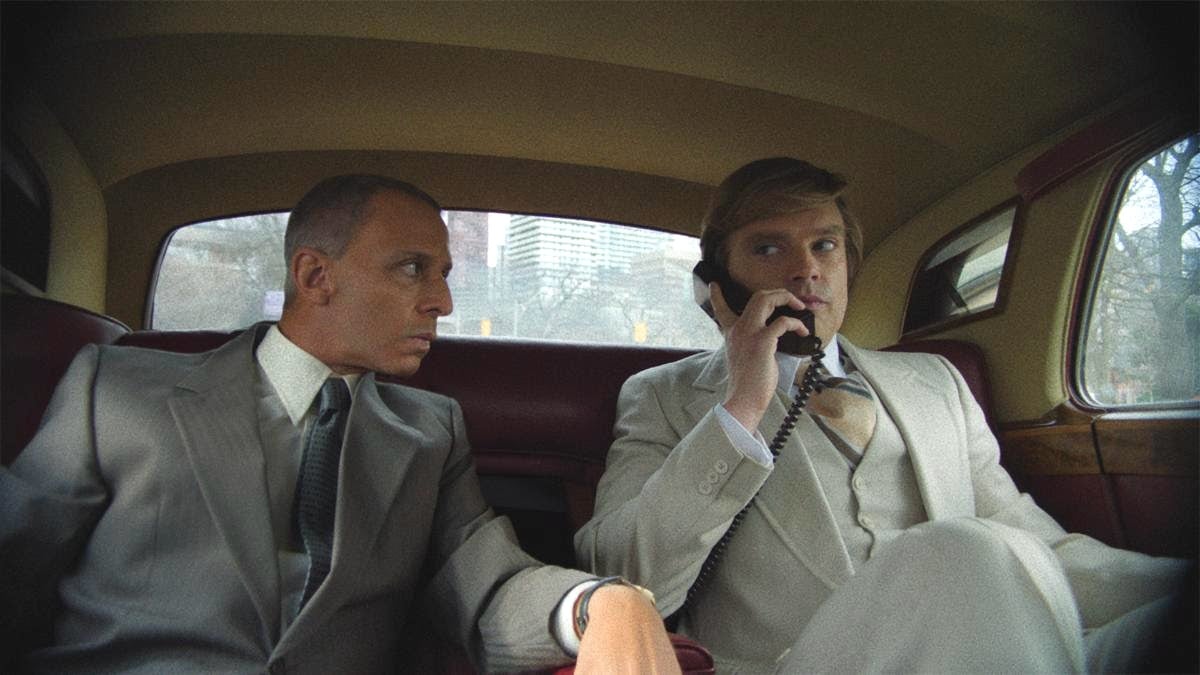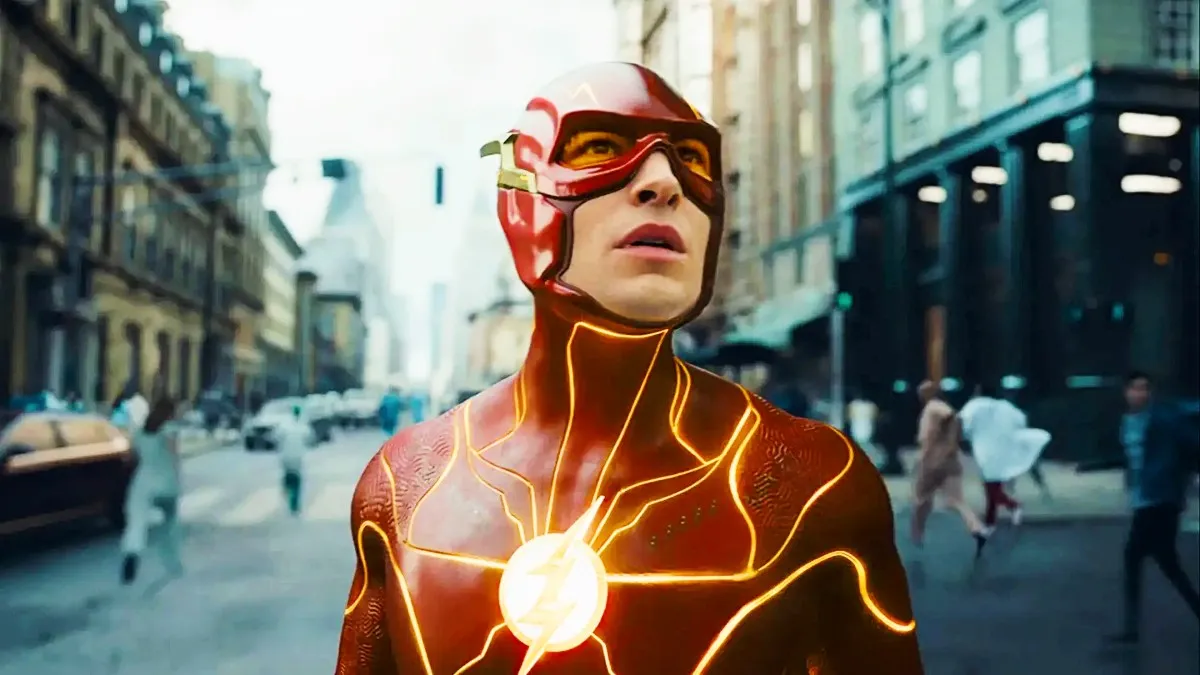Earlier this week, Sony Pictures Entertainment announced the acquisition of Alamo Drafthouse Cinema. On one hand, this is great news for the theater chain, which filed for bankruptcy several years ago. On the other hand, this Sony’s “saving” of the chain encapsulates the way of thinking that led to the movie industry’s downturn in the first place.
Why did Sony buy the Alamo Drafthouse?
Alamo will now be managed by a new Sony division called “Sony Pictures Experiences,” which will presumably aim to provide “experiences” for movie audiences beyond the actual films Sony makes.
This feels like Netflix’s own “Netflix Houses,” which will open starting next year, according to Fast Company. Netflix already owns three movie theaters: New York City’s Paris Theater, and two Los Angeles theaters—the Bay Theater in Pacific Palisades, and Hollywood’s famed Egyptian Theater—where it can screen Netflix films theatrically in New York and L.A. for Oscar consideration.
But Netflix also wants to crack the code on making movie-going more of an immersive experience, luring audiences back to theaters, where studios have always made their real money. Going into this summer, box office returns are down 28% from last year, and ticket sales have been sluggish since the COVID lockdown in 2020.
Just as Hollywood studios followed their tech company friends by jumping off a proverbial bridge into the streaming business, Sony is imitating Netflix by purchasing a theater chain, becoming the first major studio in 75 years to own one.
Why is that significant?
From the silent era through the 1940s, Hollywood studios were pinnacles of “vertical integration” (i.e., when the entire supply chain of a product is controlled by the same company), owning the means of production, distribution, and exhibition of their films. In the landmark 1948 case, United States vs Paramount Pictures, Inc., the U.S. Supreme Court put an end to the old Hollywood system by deciding that studios owning theaters violated U.S. antitrust laws. So, what changed?
Emily Best, founder and CEO of crowdfunding/distribution platform Seed & Spark, posted a great TikTok explainer last year about what became known as the “Paramount Decree,” and how it was quietly removed in 2020:
Though vertical integration was stamped out in Hollywood in the 1940s, the practice is totally celebrated in the realm of Big Tech today. When companies like Netflix, Apple, and Amazon entered the entertainment industry with streaming services, they brought it with them, reintroducing it into an industry that had left it behind decades earlier.
Hollywood studios were slow to recognize the internet as the next big exhibition space, and by the time they realized it, they needed to play catch-up if they wanted to have the same level of success as the vertically integrated tech companies.
So, as they were creating their own streaming companies in the late 2010s, Hollywood studios started lobbying Congress to rescind the Paramount Decree so they could compete with the tech companies. Interesting that they fought an antitrust law so that they could better compete with other companies.
Fast forward to 2020’s COVID lockdown. Hollywood companies rushed to create content for a “captive audience” in a boom that delivered more stories from marginalized voices, albeit for less money and under inadequate conditions. We saw an explosion of content and “new, fresh voices,” but those new, fresh voices weren’t given the resources of their predecessors, and the industry was gutted as creators were forced to work for peanuts.
The summer of 2020 boiled over with social justice activism and people recognizing the importance of mental health and fighting workplace abuses. It was also an election year. In the middle of a pandemic. The American people were overwhelmed and distracted. And in August of 2020, the Department of Justice put up an area for public comment on their website with a 60-day window for citizens to comment on whether the Paramount Decree should be rescinded.
Did you hear about that in August 2020? Yeah, me neither.
This is how the film industry got f—ed
The streaming era—along with Hollywood’s short-sightedness in chasing tech profits without considering the long-term sustainability of their industry—gave way to the big entertainment union strikes we witnessed last year. As Best discusses in her video, the U.S. Department of Justice was responsible for providing the regulation that could have prevented this, but they were cowed by corporate interests.
What the studios didn’t consider is that they already had a system that worked for production, distribution, and exhibition that allowed for competition and variety in film, was financially sustainable, and allowed for greater career mobility. Tech companies were inexperienced at making film and TV, nor are they dependent on it to keep profits coming in. They have their gadgets and search engines to keep them afloat. Content is like a hobby for them.
For Hollywood studios, content is their entire business, yet they allowed it to become irreparably altered under terms dictated by outside companies. Now Hollywood is backpedaling, basically re-inventing television—ad tiers on streamers to pay for content, because guess what? Money from subscriptions isn’t sustainable!—and trying to figure out how to get people back in theaters while continuing to make short-sighted decisions that put profits ahead of people.
Which is how we get to Sony swooping in as the “savior” of a movie theater chain by engaging in the same corporate bullsh—ery that put the industry in this mess in the first place.
Netflix owns theaters and is building new ones. Sony now owns Alamo Drafthouse Cinemas. Other big studios will likely follow suit because Hollywood companies have never met a fear-based trend they didn’t want to hop on if they thought it would make them fast money—regardless of the long-term effects it might have on the industry they claim to love.
As J.M. Barrie wrote in Peter Pan, “All of this has happened before. All of this will happen again.” In the meantime, the film industry is in for a rough ride.









Published: Jun 14, 2024 05:08 pm